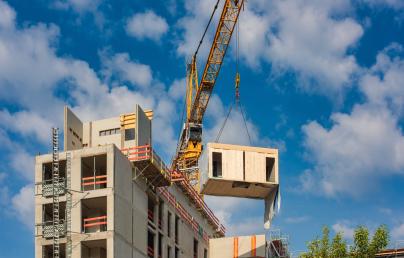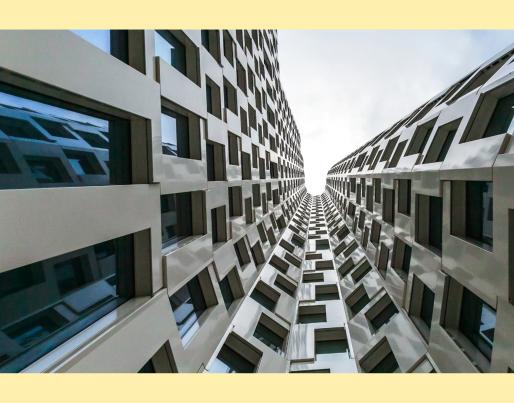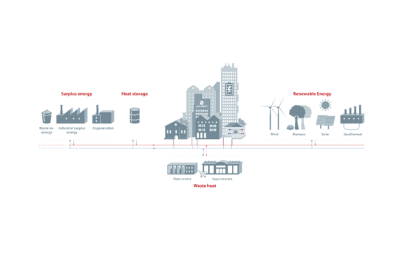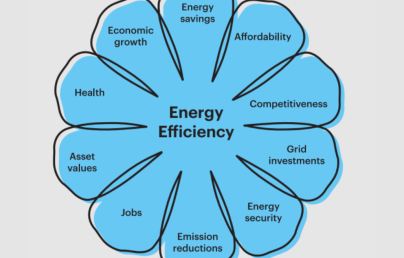
Powering Europe's future: How efficient buildings drive competitiveness

Powering Europe's future: How efficient buildings drive competitiveness
A new report from Europe’s leading companies in the manufacture, distribution, and installation of energy-efficient products, equipment, and building services highlights how investing in efficiency can create thousands of jobs, reduce energy costs, and strengthen the EU’s industrial leadership.
The efficient buildings industry is one of Europe’s unsung success stories. Between 2005 and 2022, greenhouse gas emissions from buildings fell by 34%, thanks to improved standards and legislation. Today, the sector generates an annual turnover of €850 billion and employs 6.5 million workers, making it a key pillar of the EU economy.
However, experts argue that stronger industrial policies are needed to maintain and expand this competitive advantage. The Efficient Buildings Europe report calls for recognising energy efficiency as a strategic sector, ensuring it is included in major EU initiatives such as the Net Zero Industry Act and the Strategic Technologies for Europe Platform. Policymakers must also support manufacturing and installation of efficiency technologies, promote decarbonisation of equipment production, and ensure a coherent industrial strategy that strengthens the sector’s supply chain.
Investing in energy-efficient buildings could deliver 18,000 local jobs for every billion euros invested while saving €45 billion to €100 billion on energy bills annually. Additionally, the industry has the potential to avoid 250 million tonnes of greenhouse gas emissions per year, making it a crucial player in Europe’s climate strategy.
The publication outlines ten key actions to help the industry thrive, including the creation of an Efficient Building Industrial Forum to track progress and ensure alignment with the Fit-for-55 climate targets. By prioritising energy efficiency, Europe can secure lower energy prices, greater independence, and long-term skilled jobs, reinforcing its position as a global leader in sustainable innovation.
EEB Report
English (357.18 KB - PDF)
